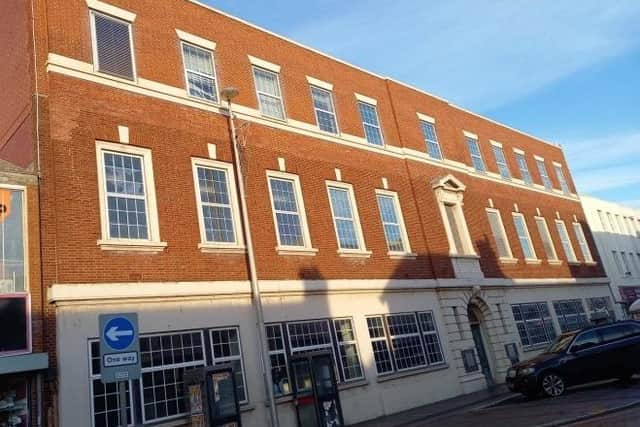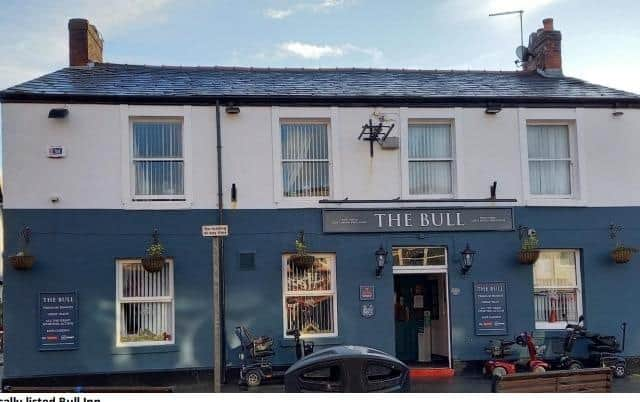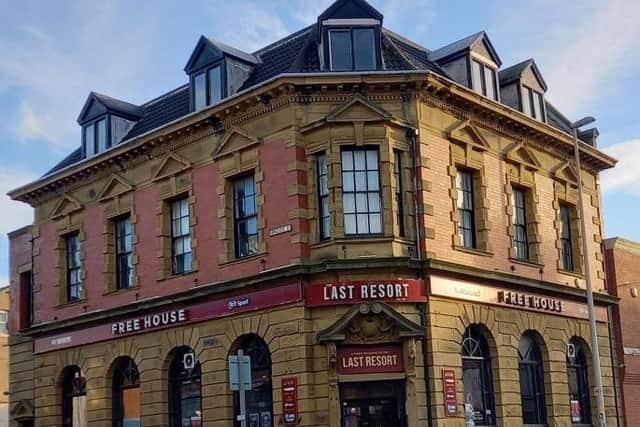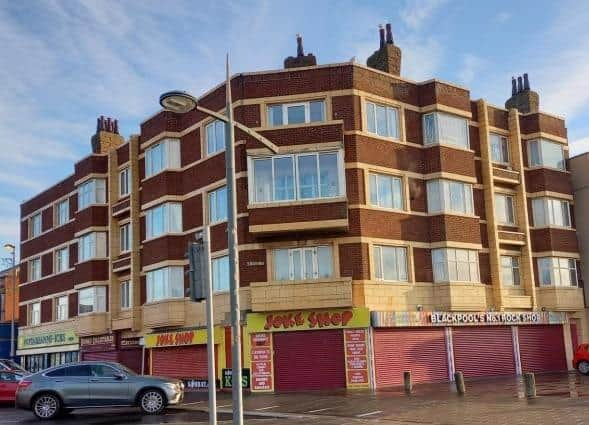Neighbourhood once called 'New Blackpool' to get special heritage status
and live on Freeview channel 276
South Shore is set to become an Area of Special Local Character after public consultation held earlier this year found there were no objections to the proposal.
It will give the council more powers to protect the heritage of the neighbourhood which includes the Grade II listed Holy Trinity Church as well as a number of locally listed buildings.
Advertisement
Hide AdAdvertisement
Hide AdSouth Shore’s history can be traced back to the early 19th century when it was known as New Blackpool and “was formed as a separate community and a rival resort to Blackpool”, according to a council report.


By 1838 the community had grown to a definable settlement with about 50 properties, but by 1893 it had merged with the main town of Blackpool.
Now town hall planners want to preserve the heritage after warning “commercial pressures and poor development management in the past have resulted in the loss of historic shop fronts and architectural features.”
A report, which will be considered by the Planning Committee on June 13, adds: “More recently the economic decline of the area has resulted in highvacancy levels and disrepair.
Advertisement
Hide AdAdvertisement
Hide Ad“Nevertheless, there is a significant cluster of locally listed buildings along these streets, plus the Grade II listed Holy Trinity Church which, together with some interesting original architectural features on the upper floors of other buildings, merits the ‘local listing’ of Waterloo Road and Bond Street as an Area of Special Local Character.


“Such a designation would assist the decision-making process when applications are received which would affect the setting of listed and locally listed buildings, or where proposals would result in further erosion of historic character. ”
Heritage assets which would be included in the new designated area are –
Holy Trinity, Bond Street/Dean Street (Grade II)Holy Trinity School, Dean Street (adjacent to church)Harte’s Store, 7 – 11 Bond StreetFormer bank, 29 – 31 Bond StreetFormer bank, 46 Bond StreetFormer assembly rooms, 98 – 100 Bond Street/Station RoadFormer villa and bank, 87 Bond Street/22 Dean StreetDutton Arms, Waterloo Road/441 PromenadeBull Inn, Waterloo RoadTalbot Court, 5 – 9 Waterloo Road/PromenadeFormer Post Office, 20 – 32 Waterloo RoadFormer bank, 44 Waterloo Road/St Bedes Avenue
How South Shore developed


Between 1845 and 1850 land at South Shore had become highly desirable. Lytham Road (then Broad Lane) and Waterloo Road formed the principal routes through South Shore, with Church Street (later renamed Bond Street) running parallel to the seafront as no more than a track at its south end where it led to
the church.
Advertisement
Hide AdAdvertisement
Hide AdMaps from the 1890s show larger properties closest to the sea and streets south of Dean Street lined with substantial houses built for the middle classes.
There were also a few respectable lodging houses for summer visitors drawn by the Pleasure Beach, developed on rough pasture to the south of Balmoral Road.


By 1911 most of the gap to the south of Waterloo Road had been filled with terraces and semi detached houses.
The streets to the north of Waterloo Road were also completed, with higher density terraced housing.